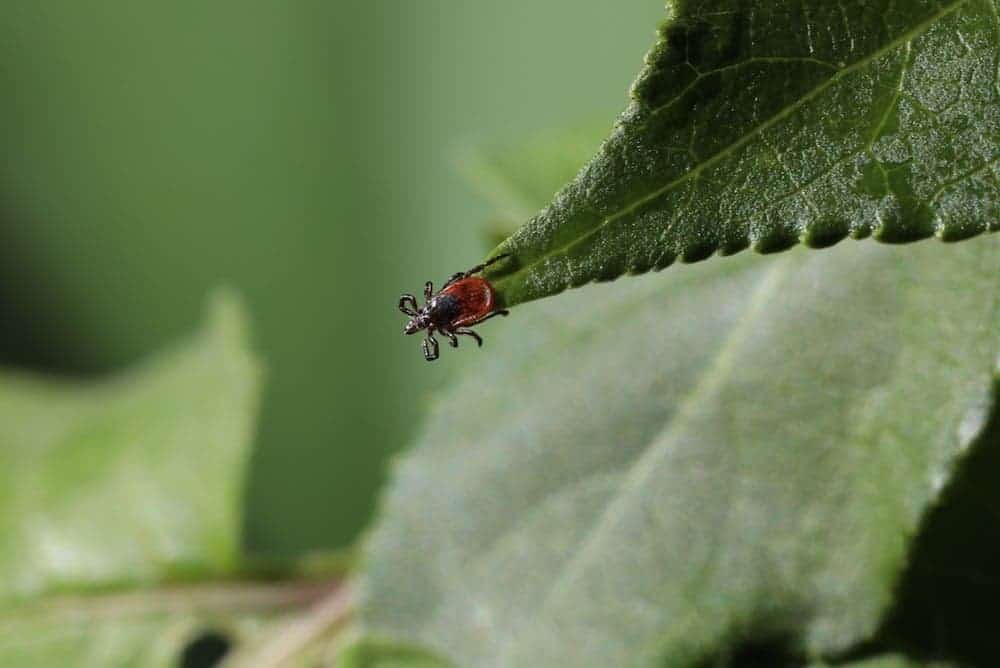A group of researchers from Yale University have developed an mRNA vaccine that teaches the immune system to identify saliva from tick bites. The vaccine, which proved to be effective in guinea pigs, could prevent ticks from feeding on and then transmitting tick-borne diseases to people, a growing problem in many countries.

The vaccine is based on the same mRNA technology that has proven effective against COVID-19. Essentially, the mRNA shot means being injected with genetic material from the target virus instead of the virus itself. The mRNA gives your body instructions to fight the targeted pathogen and then is eliminated. Researchers have been working on mRNA vaccines, but thanks to the great efforts invested in the current pandemic, we’re finally on the right path.
“There are multiple tick-borne diseases, and this approach potentially offers more broad-based protection than a vaccine that targets a specific pathogen,” senior author Erol Fikrig and Yale researcher said in a statement. “It could also be used in conjunction with more traditional, pathogen-based vaccines to increase their efficacy.”
Lyme disease is the most famous and damaging of them all tick-borne diseases, but it’s not the only one. Lyme, as well as several other diseases, is expanding across North America and Europe, with about 40,000 reported cases in the US per year. Ticks are a potential danger to anyone outdoors, from farmworkers to hikers, and they transmit several pathogens that can cause serious health problems that can even be life-threatening.
The new vaccine is different from those developed by Valneva and Pfizer and it’s only early stages of development but moving forward. The main difference is that it targets the bacteria responsible instead of the tick carrier. They are both promising approaches that could bring a solution to a growing health concern.
Developing a vaccine
The researchers at Yale developed a new vaccine that trains the immune system to respond to tick bites, exposing it to 19 proteins found in tick saliva. It has mRNA molecules that tell the cells to produce these proteins – just like the mRNA COVID-19 vaccine tells the cells to manufacture coronavirus proteins to shield against the virus.
In a set of experiments, the team tested the vaccine on guinea pigs. Unlike unvaccinated animals, vaccinated guinea pigs exposed to ticks developed red rashes at the place where they were bitten, suggesting an immune response. The ticks also tended to detach early on without sucking as much blood as they normally would.
The researchers also placed ticks carrying the Lyme disease on both vaccinated and unvaccinated animals. They removed the ticks once the skin rashes appeared on the animals, something that usually happens in the first 18 hours. While none of the vaccinated guinea pigs became infected, half the unvaccinated animals did.
“The vaccine enhances the ability to recognize a tick bite, partially turning a tick bite into a mosquito bite,” Fikrig said in a statement. “When you feel a mosquito bite, you swat it. With the vaccine, there is redness and likely an itch so you can recognize that you have been bitten and can pull the tick off quickly.”
While the vaccine was successfully in guinea pigs, it wasn’t in mice – unable to get a natural resistance after infection. The researchers now plan to test it in other animals, such as rabbits, so to better understand how the immunity of ticks varies in different hosts, and slowly move on towards humans. They also want to develop in the future vaccines for other tick-borne pathogens.
The study was published in the journal Science Transnational Medicine.


